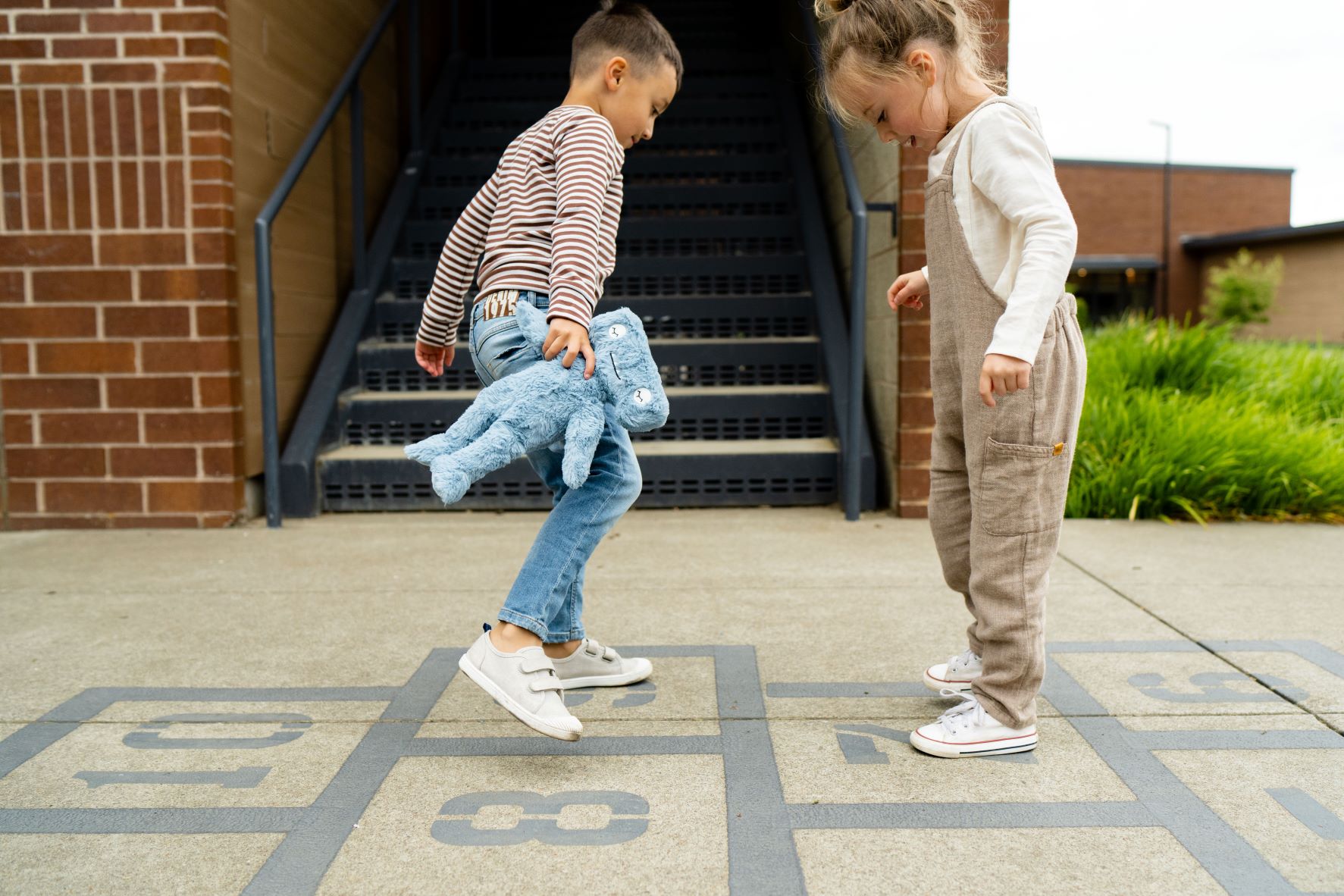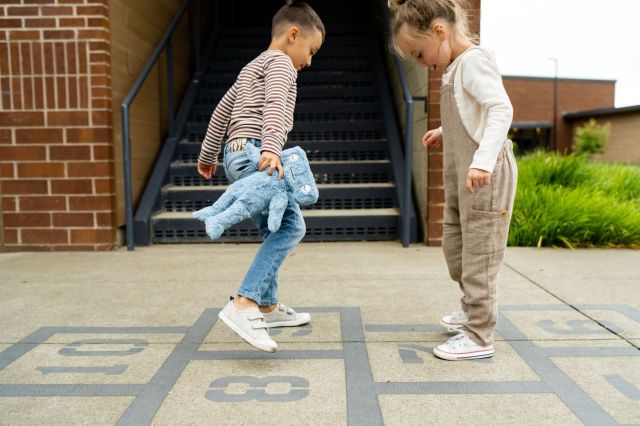
When peer conflicts erupt at school, many parents struggle with how to respond and wonder what they can do to help. For some kids, school anxiety isn’t just about being away from home and learning new routines. Social anxiety in children is often about their relationships with their peers. How can we help our kids resolve conflicts that happen when we’re not around? It turns out there are many things parents can do at home to help their kids resolve peer conflicts at school:
1. Take a Proactive Approach
Create a culture of connection at home and make check-ins a regular part of your day, even before a problem arises. We like this approach because it assures the lines of communication between parents and children will be open and ready. If we’re regularly asking our kids about their day, their activities and their friendships, they’ll be more likely to share when conflicts arise with their peers.
2. Ask Specific Questions
When we ask our kids vague questions like “How was your day?” it’s the equivalent of “What did you have for lunch two weeks ago on Wednesday?” If someone asked us that question, we’d probably say, “I don’t know!” And that is often why they do, too. Most kids have a much easier time answering specific questions, like “Who did you play with at recess?” With specific questions, you’ll get more information, which will make it easier to connect.
3. Respond with Curiosity
Although we may feel inclined to jump right to solutions, we believe curiosity is one of the best ways to respond when our kids indicate they’re having conflict with a peer. Phrases like “Tell me more about that,” and “How did you feel when that happened?” let our kids know we want to understand before trying to fix.
4. Zone In on the Core Issue
Look for the pattern in any peer conflicts that arise at school and try to name the core issue underlying the discord. Setting boundaries with kindness, asking for help, sharing activities and friends, and increasing distress tolerance are a few of the most common core issues that show up in peer conflicts.
5. Help Them Develop New Skills
Once you know what the core issue is, you can help them develop the skills to better navigate the conflict. If your child is continually feeling upset because she wants her friend to go down the slide with her, but another friend wants them to play hopscotch, you can help her learn the skills of sharing, turn-taking and emotion regulation. You can teach her thoughts, phrases and behaviors at home and even role play scenarios to help her practice.
6. Reach Out
If your child is experiencing social anxiety or conflict at school and you’re having trouble figuring out how to help them work through it, reach out to school counselors and teachers for help. If any concerns come up regarding discrimination, alerting the teacher is an important step in helping children get the support they need. We believe these conversations are another great place to practice curiosity! Counselors, teachers and administrators can help you find out more about what is happening and collaboratively craft an approach to help resolve the issue.
We like to view peer conflict as an opportunity to teach our children a skill they haven’t learned yet. Whether it’s about sharing, soothing their anxiety, speaking up for themselves or handling disappointment, conflicts with their peers provide prime opportunities for our children to learn strategies that will serve them well beyond the playground. For additional tools and resources, check out the Slumberkins Conflict Resolution Collection with Hammerhead.











